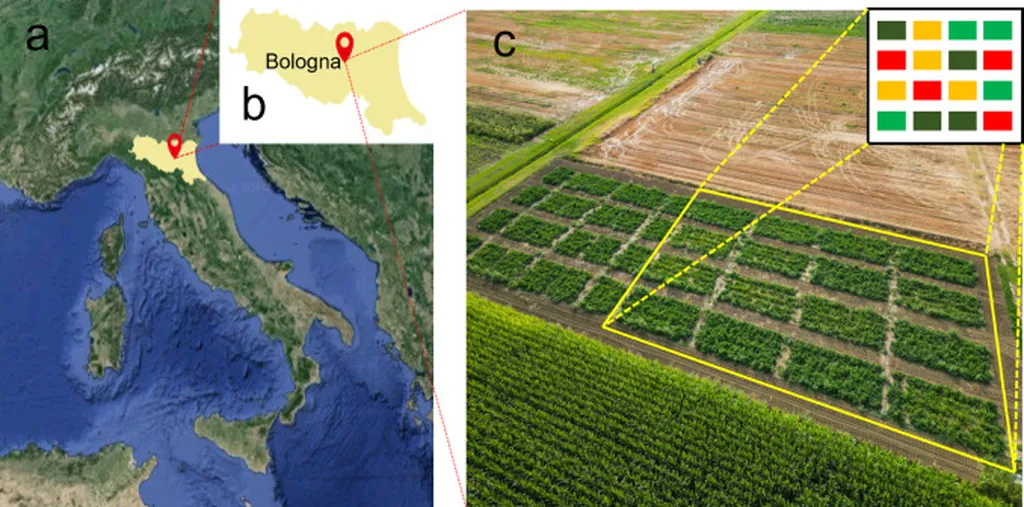In the quest for precision agriculture, researchers have turned to hyperspectral imaging to unlock new insights into plant health and nutrient management. A recent study published in the journal ‘Plants’ has demonstrated how this technology can be harnessed to monitor nitrogen and chlorophyll levels in greenhouse tomatoes, offering a powerful tool for optimizing fertilization strategies.
Nitrogen is a critical nutrient for plant growth, and both deficiencies and excesses can significantly impact crop yield and quality. Traditional methods of monitoring nitrogen status are often time-consuming and destructive, involving laboratory analysis of leaf samples. However, the study led by Jiangui Zhao from the College of Information Science and Engineering at Shanxi Agricultural University in China, has shown that hyperspectral imaging can provide a rapid, non-destructive, and highly accurate alternative.
The researchers subjected greenhouse tomatoes to varying nitrogen concentrations and used hyperspectral imaging to capture data from leaves at different growth stages and positions. By integrating this data with synchronously measured nitrogen and chlorophyll contents, they were able to identify sensitive spectral bands and develop a robust predictive model.
“This study provides a scientific basis for optimizing nitrogen fertilization strategies,” said Zhao. “By visualizing the distribution of physiological parameters, we can better understand the plant’s response to nitrogen stress and make more informed decisions about fertilization.”
The implications for the agriculture sector are significant. Precision fertilization not only improves crop yield and quality but also reduces environmental impact by minimizing nutrient runoff and leaching. This is particularly important in greenhouse agriculture, where controlled environments allow for fine-tuning of nutrient delivery.
The study’s “coarse–fine–optimal” feature wavelength selection strategy and the use of pseudocolor imaging to visualize nitrogen and chlorophyll distribution offer promising avenues for future research. As Zhao noted, “This technology can be applied to other crops and growing conditions, paving the way for more sustainable and efficient agricultural practices.”
In an era where food security and environmental sustainability are paramount, such advancements in agritech are not just innovative but necessary. By harnessing the power of hyperspectral imaging, farmers and agronomists can gain deeper insights into crop health, enabling them to make data-driven decisions that benefit both their bottom line and the planet.
As the agriculture sector continues to evolve, the integration of advanced technologies like hyperspectral imaging will undoubtedly play a pivotal role in shaping its future. This research not only highlights the potential of these tools but also sets the stage for further exploration and innovation in the field of precision agriculture.

